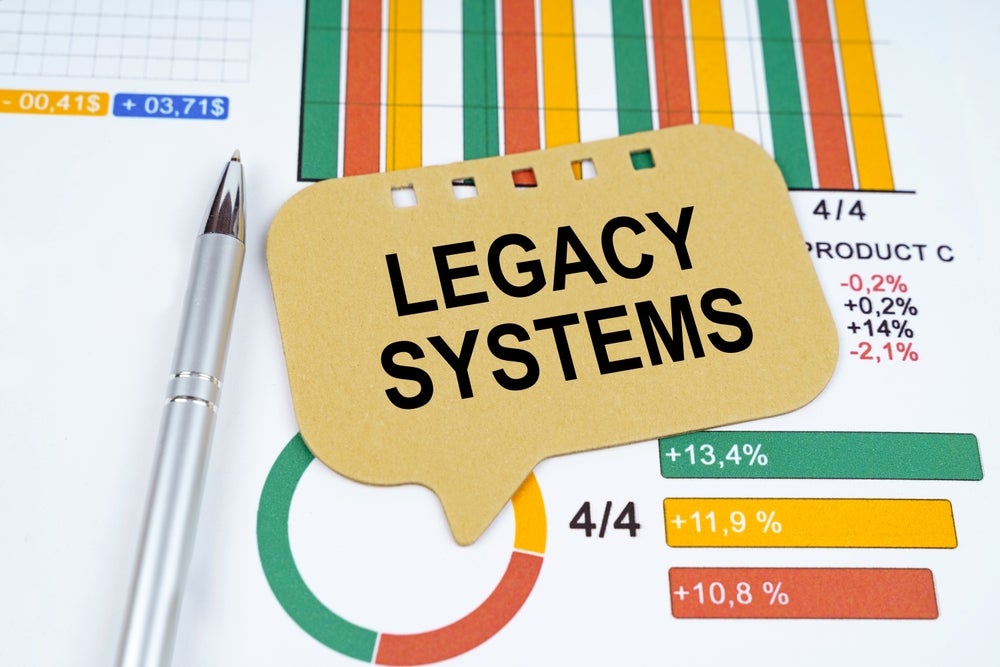For call centre
operators, precise identification of customers is a key priority
and one that, in an era of rampant identity theft, is becoming
ever-more onerous. LII examines a user-friendly solution,
voice identification, and the significant benefits two Australian
insurers are enjoying from its implementation.
For financial services
companies, the essence of security is verification of customer
identities – a task that has become more onerous with increasing
use of remote communications, such as call centres, in an era when
identity theft is rife. As a simple, highly successful security
solution in the call centre space, a growing number of financial
services companies are turning to voice biometrics.
Australian financial
institutions have been particularly proactive in adopting voice
identification, including insurer Aviva Australia which was
acquired by National Australia Bank (NAB) in June 2009.
“We began exploring the use
of voice biometrics in 2008,” Aaron Tunks, Aviva Australia’s
manager, operations reengineering and project delivery, told
LII.
“The more we explored voice
biometrics, the more we knew that we could use it effectively,”
continued Tunks. The end result was the adoption of a voice
recognition solution supplied by Salmat VeCommerce (SVC), a unit of
Salmat, an Australian company specialising in customer
communications technology.
How well do you really know your competitors?
Access the most comprehensive Company Profiles on the market, powered by GlobalData. Save hours of research. Gain competitive edge.

Thank you!
Your download email will arrive shortly
Not ready to buy yet? Download a free sample
We are confident about the unique quality of our Company Profiles. However, we want you to make the most beneficial decision for your business, so we offer a free sample that you can download by submitting the below form
By GlobalDataSVC’s solution, which is
integrated into Aviva’s Genesys telecommunications platform,
incorporates voice recognition technology developed by US speech
and imaging technology specialist Nuance. By coincidence, NAB had
at the same time as Aviva begun exploring voice identification
using SVC’s solution. Both Aviva and NAB launched their voice
recognition services in June 2009.
To use the voice biometric
service, customers must enrol by speaking a unique identifier which
is converted to a numerical algorithm and entered into a
entered into a
database. Enrolment takes about three to four minutes and whenever
an enrolled customer phones the call centre their voice is compared
to those existing in the database to determine a match, using some
100 specific identifiers.
According to SVC, accuracy rates of more than 99% can be
achieved with voice verification. This compares with accuracy rates
of 92% for fingerprints and 75% for face recognition technologies.
Only iris scanning verification accuracy exceeds that of
voice.
Limited enrolment
So far, enrolment into
Aviva’s voice identification service has been limited to
high-frequency callers, especially financial planners, said Tunks.
He explained that in part, limited enrolment is because a great
deal of attention has been focused on the integration of Aviva into
NAB.
At present, fewer than 5% of
Aviva’s customers are enrolled but it is envisaged that up to 15%
will eventually be. Aviva has about 300,000 customers.
But despite the low enrolment
level, benefits of voice identification are strongly evident, said
Tunks. From a customer perspective, he explained that voice
identification provides the “wow factor” in terms of swifter
service compared with wading through a set of identification
questions and enabling call centre agents to immediately greet
customers by name.
From Aviva’s perspective,
time is money and faster processing adds up to cost savings. Tunk
said the average time saving using voice identification is about 20
seconds per call and given that financial planners often call
several times a day this adds up to a considerable amount of time
saved.
“We have already been able to
reduce our call centre headcount by about three,” said Tunks. At
annual salaries of around A$40,000 ($40,000) each that is already a
tidy sum, he added.
Cost savings run further. For example, Tunks said voice
identification coupled with an account number enables queries to be
directly routed to the correct department in a partly processed
form. This can cut turnaround times on queries by up to a few days,
he added.
Another pioneer
While Aviva and NAB’s
adoption of voice identification puts them ahead of most
competitors, in Australia they are by no means the only converts to
the solution. Among the most notable pioneers in the field is
health insurer Australian Health Management (AHM) which launched a
SVC-based voice identification service in late-2006.
“We knew that verbal identity
checking was no longer as secure as it could be,” said AHM
operations manager Melinda Charlesworth. “After all, sometimes the
people most likely to commit identity theft are those closest to us
who are aware of our name, address and date of birth.”
According to Charlesworth,
more than 420,000 calls are received through AHM’s main contact
number each year. At least 80% of these calls require caller
verification, which using conventional means takes on average 28
seconds, or 11% of the total average agent talk-time per
call.
Charlesworth explained that
AHM customers enrolled in the voice identification service simply
say their membership number to be identified.
“We’ve had overwhelmingly positive feedback,” she said. By
November 2010, of AHM’s 250,000 customers, 97,288 (39%) had
enrolled for its voice identification service.
Technology for today
Voice identification is a
technology that is available at a time when consumers are growing
increasingly concerned about the level of security offered by
conventional means such as passwords, PINs and personal questions.
Growing security concerns were highlighted by a survey conducted in
Australia on SVC’s behalf in 2009 in which 67% of respondents
expressed fears that conventional identification processes do not
provide adequate protection of their personal
information.
The attraction of voice
identification was found to be significant with the highest
proportion of respondents – 45% – selecting it as the preferred
method. In a parallel survey conducted in New Zealand for SVC, 52%
of respondents selected voice verification as the most preferred
security measure.







